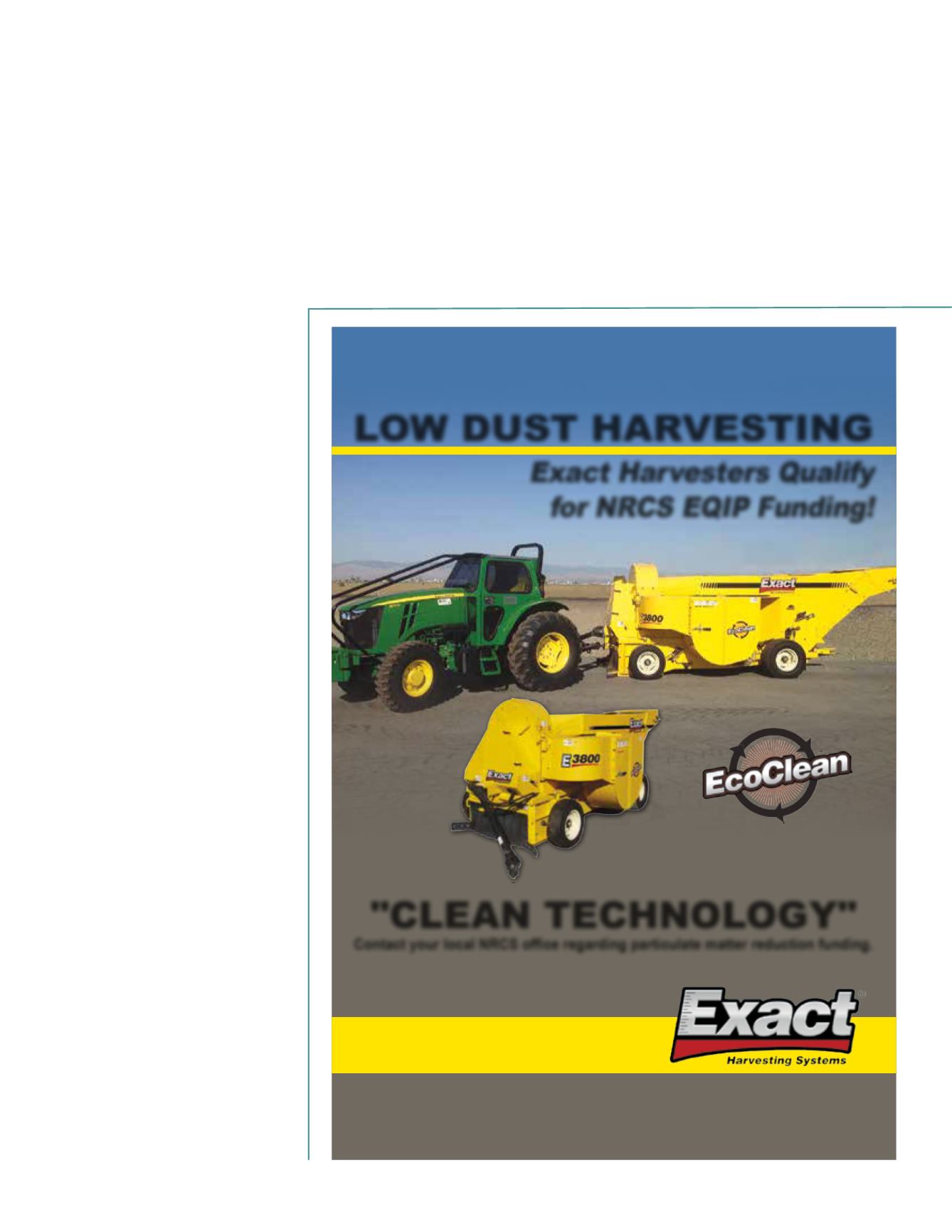
JANUARY | FEBRUARY 2016
Almond Facts
37
Insecticide applications at bloom
for peach twig borer (PTB)
Recent research has found that applications of diflubenzeron
timed at bloom has a negative impact on bee health.
This insecticide has been shown to reduce the survival of
immature queens. It is unknown if other insecticides “tank
mixed” at bloom have the same effect. Until more research is
conducted, it is recommended that insecticide applications at
bloom be removed. Other timings for PTB include the ‘May
Spray’ (which may reduce navel
orangeworm (NOW) populations)
and dormant. Please keep in mind
that insecticides applied during
the dormant period do not provide
any control for NOW.
Work done over 20 years ago has
found that
Bacillus thuringiensis
(Bt) can be applied at bloom
to effectively control PTB
without impacting bees. For low
populations, a single spray made
during bloom should suffice. For
moderate to high populations,
two applications applied at the
beginning of bloom and 10-14
days later should be considered.
Trial work (which used Javelin
WG at 0.75lbs/100 gpa) has
shown these spray timings to be
as effective as dormant timings
(which are as effective as in-
season timings). Applying this
product during bloom provides
the ability to better time a “May
Spray” for NOW, rather than
trying to hit both targeted degree
days with one application. Please
see the UC IPM page for PTB
for more information and check
with your pest control advisor
for product availability and
recommended rates.
Foliar nutrients
at bloom
Boron and zinc foliar nutrients
applied either in the post-harvest
period (e.g. September) or at
pink bud have been shown to
increase yield in almond trees in many orchard situations.
Interestingly, applying these products after pink bud have
either failed to increase yield or decreased kernel yields.
Concentration of boron should not exceed 400 ppm of boron
in solution, and good results have been shown with rates
between 200-400 ppm, depending on the tree’s boron status.
Boron products that contain boric acid can be toxic to
bees, especially when sprayed at bloom and at too high
of concentrations. Zinc applications appear to have a
synergistic effect with boron, meaning that the combination
continued on next page >>


